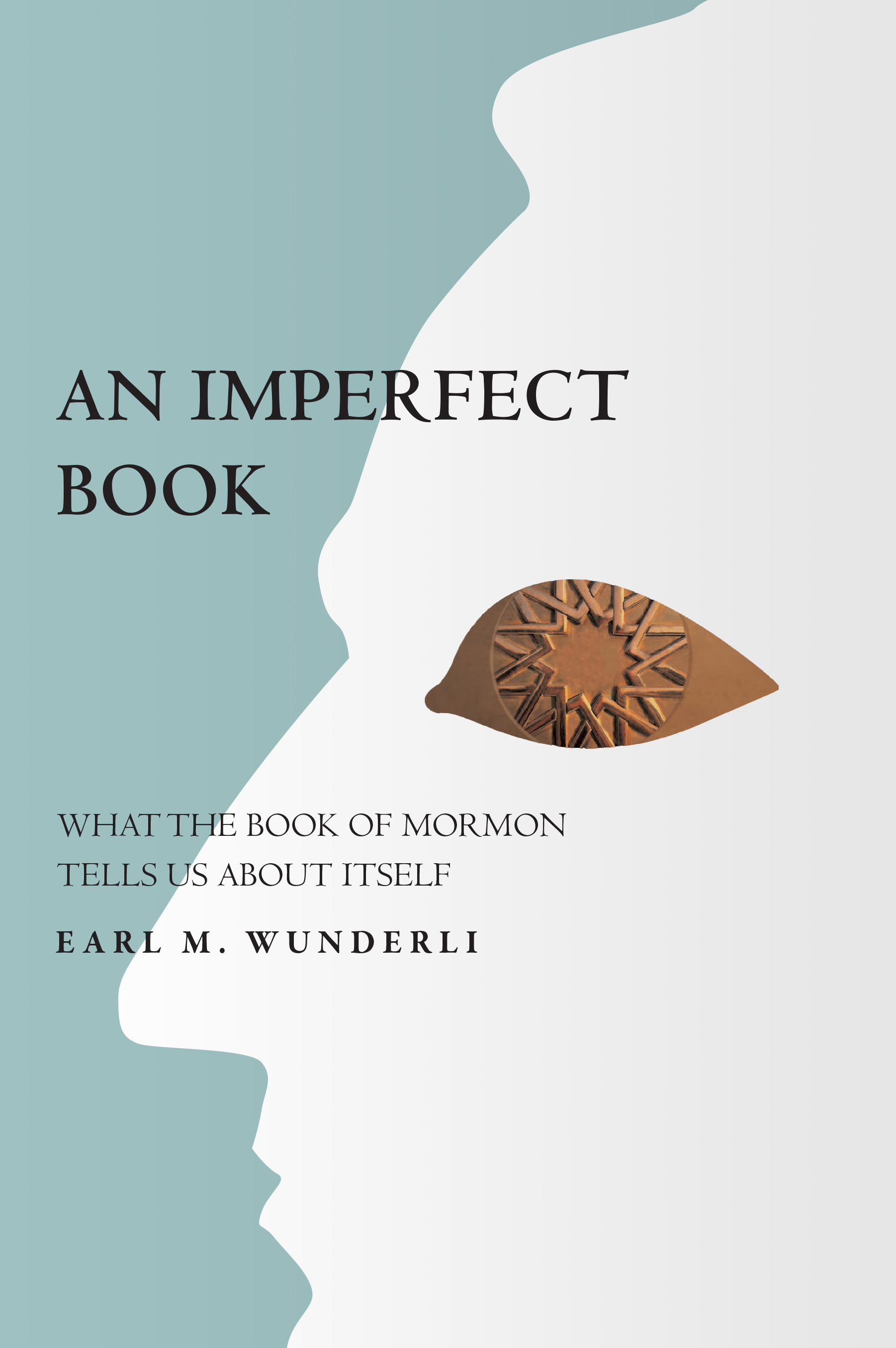When I attended BYU, I was enamored with the idea of using technology to analyze the Book of Mormon. I wrote a program and an undergrad paper comparing phrases and words from two books of the Book of Mormon looking for similarities and differences in word use in hope of finding clues about authorship. I really didn’t have the background necessary to draw any conclusions from my data, but I had fun exploring the possibilities of such an analysis.
Earl Wunderli has produced an interesting and useful book on the Book of Mormon—incorporating some of the types of analyses I had hoped to do, but with more successful results. His book, An Imperfect Book: What the Book of Mormon Tells Us About Itself (Signature Books, 2013) is the latest publication to look at issues in the Book of Mormon.
The author’s stated purpose is to analyze the truth claims of the Book of Mormon. He lays out two common approaches taken to determine such claims: spiritual and rational. He believes that the rational or evidentiary approach is necessary for two reasons. 1) The book of Mormon invites analysis beyond the spiritual realm, particularly in light of the reality and materiality of the plates. 2) The church has a tradition of scholarly defense of the Book of Mormon which provides a space where the Spirit can confirm the truthfulness of the book.
Despite reams of pages published previously on the Book of Mormon, Wunderli believes a solid internal analysis has not yet been done. He undertakes his own systematic critique based on years of personal research.
Chapters 3 and 4 in particular stood out to me because of my BYU project on word use and frequency. He takes a careful look at the use of idiomatic words and phrases, teasing out interesting clues about authorship. Also interesting to me were patterns in Jaredite and Nephite names. For example, a greater number of Nephite names begin with “A,” “J,” and “Z” and ending in “i,” while Jaredite names more often begin with a hard “C” and end in “r.” Related to these chapters are appendices which include a list of the names of deity, proper names, and groupings of those personal names that are possibly dependent on each other.
Wunderli includes a chapter on prophecy, categorizing Book of Mormon prophecies into groups and analyzing patterns among them. I found it interesting that a quarter of the prophecies predict what happens in the narrative of the Book of Mormon, 40% have to do with events occurring after the Book of Mormon narrative but before the time of Joseph Smith, and the remaining third has to do with events after the Book of Mormon was published. Those prophecies focus primarily on events leading up to the Second Coming.
Other topics covered include changes to the Book of Mormon, translation method and order, the Book of Mormon’s relationship to the Bible, and religious/political ideas presented in the narrative. Wunderli also critiques the writings of four authors who have had a major influence on Book of Mormon studies, in particular the study of Hebraisms, Chiasmus, the Limited Geography Theory, and Jaredite survival.
An Imperfect Book is not for everyone. Some will be uncomfortable with a frank look at the authorship of the Book of Mormon. But for those interested in the ongoing debate about its ancient origins, Wunderli provides a thorough, systematic analysis that brings new insights to the table in the ongoing debates about the book. Also useful is his overview of each of the major issues of the Book of Mormon with summaries of scholarly arguments from both apologists and critics. It is available in both traditional book format or as a Kindle e-book.
